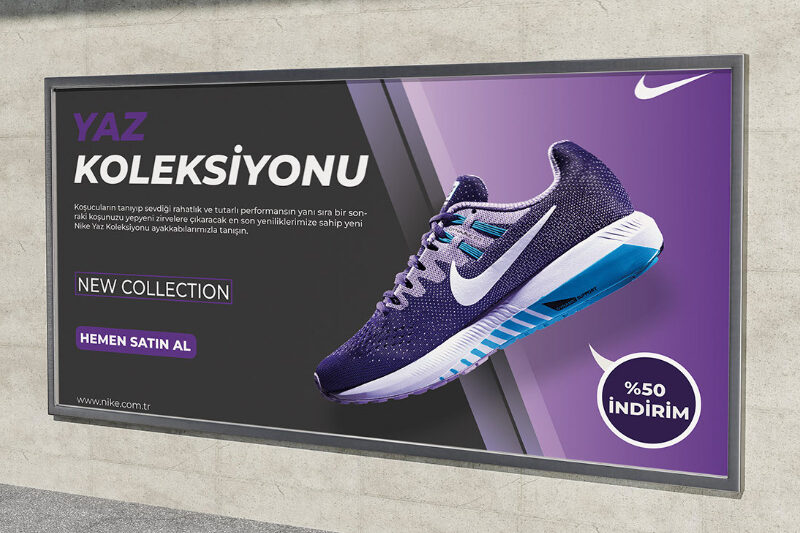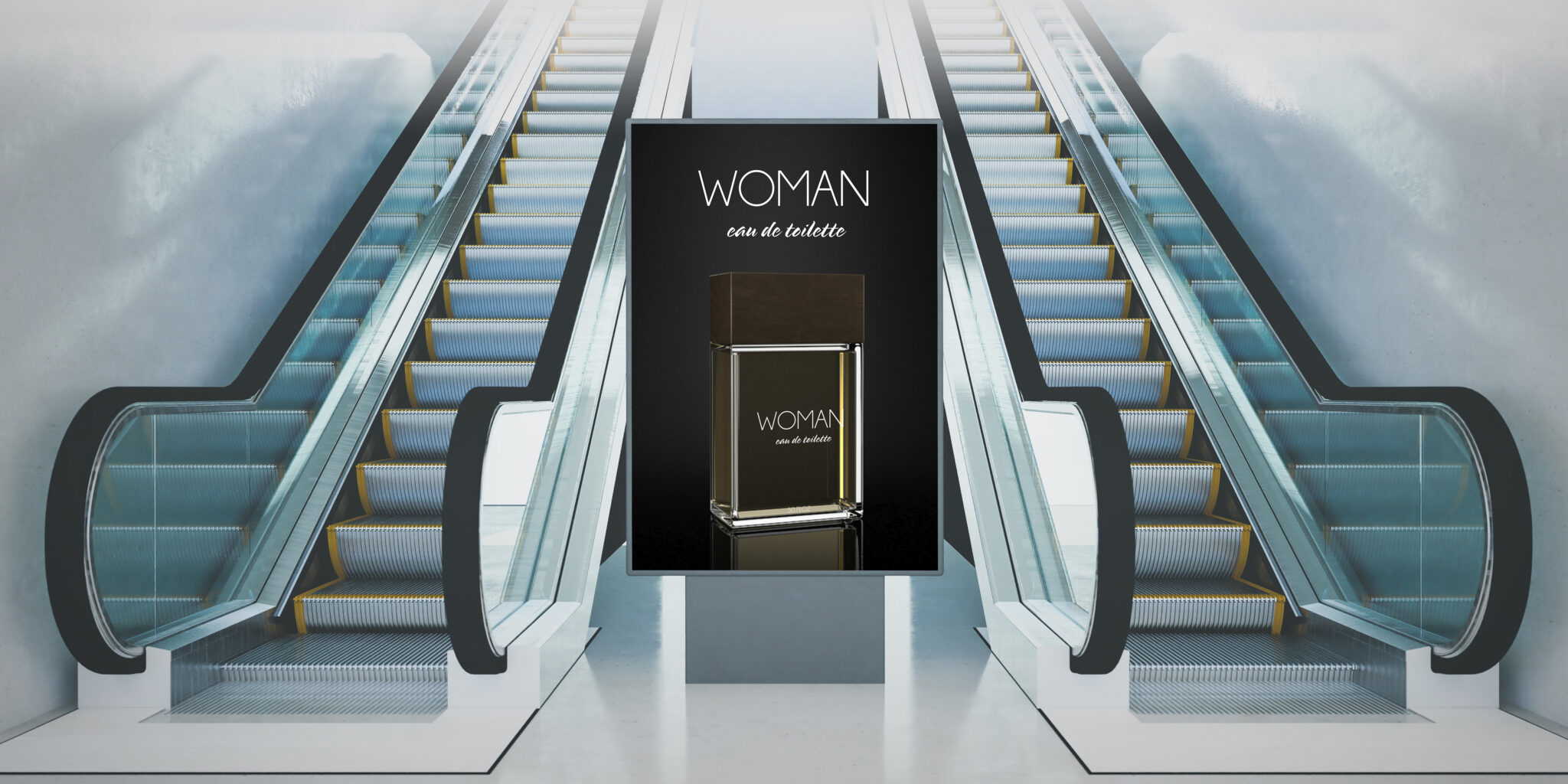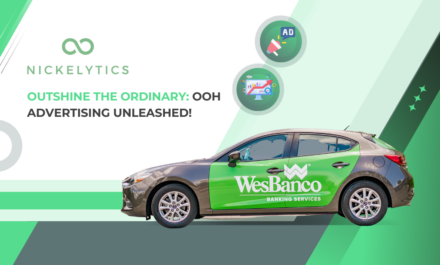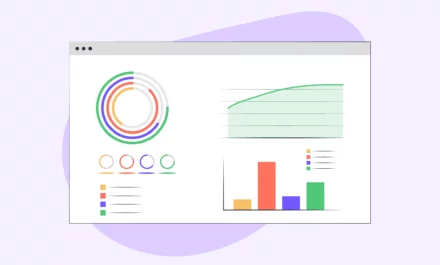With the growing demand for personalized and dynamic advertising, DOOH ads have become popular among marketers worldwide.
This advertising medium offers numerous benefits, from increased brand awareness to targeted messaging and real-time data analysis.
Experts project exponential growth in DOOH advertising, with the market size expected to reach $54 billion by 2030.
This growth in DOOH advertising is due to integrating other digital marketing channels and technological advancements. Marketers will be flawed to overlook DOOH ads in their strategy.
This article highlights the top ten benefits of incorporating DOOH ads into your marketing mix.
1. Wider reach
The Out of Home Advertising Association of America’s recent report highlights that 34% of consumers were influenced by DOOHs when making purchase decisions, emphasizing the impact of DOOHs on consumer behavior.
This is because they are strategically placed at locations where people are most likely to see them. Whether it’s a busy street, a shopping mall, or a transit station, DOOHs are designed to catch the attention of people who are always on the move.
Digital billboards, in particular, offer a unique advantage in terms of reach. These billboards are visible around the clock, ensuring that your ads are seen by people at all times of the day.
2. Flexibility and dynamism
Digital out-of-home advertising offers unparalleled flexibility and dynamism, making it a valuable tool for any marketing campaign.
Digital OOH ads seamlessly transition between messages, enabling marketers to program ads to automatically switch from one piece of information to another or change the display at set intervals.
This eliminates the need to bring down an ad and mount another one as events unfold, saving time and money.
3. Targeted not intrusive
Digital marketing often faces challenges related to intrusive advertisements and privacy concerns. These issues have raised questions about the ethical use of consumer data in marketing.
An article in the Wall Street Journal revealed many health apps track users’ data and share it with third-party advertisers. However, digital out-of-home (OOH) campaigns don’t face these problems.
Unlike other forms of digital advertising, DOOH campaigns target specific audiences without intruding on their privacy. The data gathered is usually demographic and not personal.
As a result, marketers are increasingly turning to digital OOH advertising to reach their target audiences without compromising their privacy.
4. Increased engagement
Digital out-of-home (DOOH) advertising has demonstrated its effectiveness in capturing the audience’s attention at the most opportune moments.
DOOH can be programmed to entertain the audience with games and short clips while sharing important information. This boosts engagement and improves brand recognition, leading to better recall rates and more effective advertising.
5. Closer to the point-of-sale
Displaying ads near the point of sale can considerably influence buyers’ decisions.
For instance, when customers enter stores without a clear idea of what they want to purchase, digital billboards outside or by the entrance can capture their attention and steer them toward a particular brand or product.
One notable example is Nike’s point-of-sale digital out-of-home advertising to promote its SNKRS collection in stores.
By utilizing this strategy, Nike can leverage the power of location-based marketing to reach customers at precisely the right moment and increase the likelihood of conversion.

6. Cost-effective
DOOH advertising has emerged as an extremely cost-effective method for advertisers to reach their target audience.
One of the reasons for this is the slot-based pricing model, which ensures that each time slot has a flat price rate, making it easy for businesses to budget their ad spend.
Additionally, DOOH ads offer time savings by reducing the need for printing, installation, and removal of physical advertisements.
Furthermore, the return on investment (ROI) of DOOH ads is significantly higher than that of traditional outdoor ads.
Companies that have invested in DOOH ads have reported an average increase of 51% in monthly revenue, which is a testament to the affordability and effectiveness of this advertising method.
7. Effective analysis and report
Digital outdoor advertisements commonly incorporate mechanisms for gathering feedback from the public that’s transformed into comprehensive reports. Marketers analyze these reports to track and optimize relevant performance metrics.
Obtaining anonymous GPS data is one uncommon technique for tracking DOOH performance. With this technique, advertisers can receive and track GPS signals from cellphones that came close to the display as well as those that stopped interacting with the ad.
What better way to accurately measure the impression of an outdoor ad campaign?
8. Multi-channel deployment
With digital out-of-home (DOOH) advertising, marketers can seamlessly blend outdoor campaigns with other marketing channels, such as social media and PPC ads.
Incorporating digital displays into your overall marketing strategy creates a cohesive and engaging brand experience for consumers at multiple touchpoints.
Conclusion
Digital out-of-home advertising presents a perfect blend of traditional out-of-home advertising and modern digital technology, as evident from the growth of this medium over the years.
For improved ROI and customer engagement, marketers should strongly consider incorporating DOOH into their marketing mix. And for good reasons.
You can reach a wider audience, track campaign performance, and intrigue your audience without intruding on their privacy.




